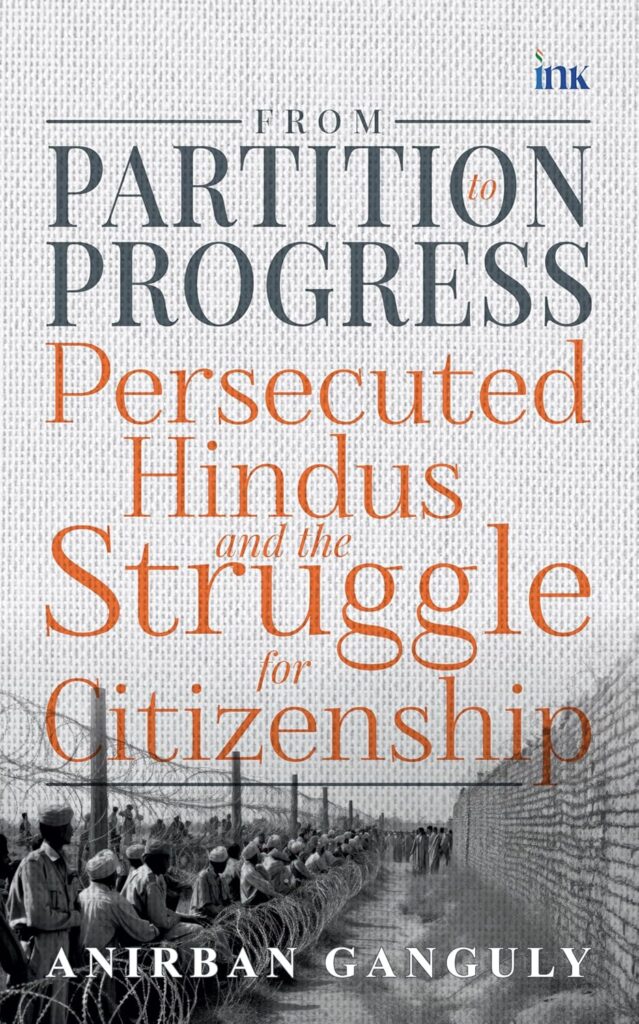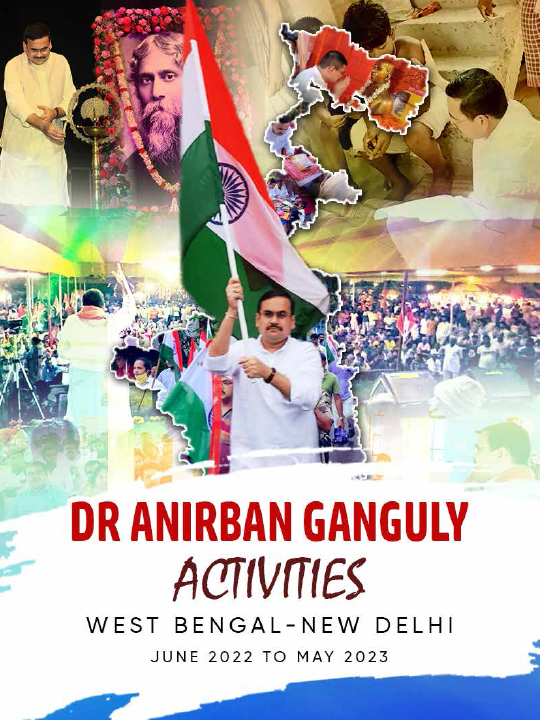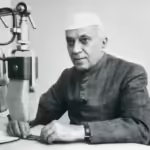Resurrecting Vikramasila: PM Modi’s Efforts To Lay Foundation Of ‘Asian Century’
- By : Dr Anirban Ganguly
- Category : Articles

As Narendra Modi embarks on his tour of Thailand and Sri Lanka, which have played a seminal civilisational role in the preservation and spread of Buddhism in ancient and modern times, the PM’s milestone achievements remain significant.
Addressing a mammoth public meeting in Bhagalpur, Bihar, in February 2025, Prime Minister Narendra Modi made a historic declaration, which demonstrated his earnest zeal in preserving and rekindling the heritage – spiritual and intellectual – and legacy associated with Lord Buddha and with Buddhism in India.
He told the gathering that Bhagalpur held “immense historical and cultural significance” because during the era of Vikramshila University, it was a global centre of learning. “We have already embarked on a mission to revive the ancient glory of Nalanda University, aligning it with modern Bharat. Now, following in Nalanda’s footsteps, a Central University is also being established in Vikramshila. The Central government will soon initiate work on this ambitious project…”
Addressing a mammoth public meeting in Bhagalpur, Bihar, in February 2025, Prime Minister Narendra Modi made a historic declaration, which demonstrated his earnest zeal in preserving and rekindling the heritage – spiritual and intellectual – and legacy associated with Lord Buddha and with Buddhism in India.
He told the gathering that Bhagalpur held “immense historical and cultural significance” because during the era of Vikramshila University, it was a global centre of learning. “We have already embarked on a mission to revive the ancient glory of Nalanda University, aligning it with modern Bharat. Now, following in Nalanda’s footsteps, a Central University is also being established in Vikramshila. The Central government will soon initiate work on this ambitious project…”
Both Nalanda and Vikramasila symbolised civilisational India as a knowledge society. J Takakasu’s translations of I-tsing’s travelogue, A Record of the Buddhist Religion as Practised in India and the Malay Archipelago, bear that out. I-tsing, who travelled to Nalanda from China and lived there for nearly 11 years as a student, revealed that Nalanda was “known throughout the Buddhist world of the time for its learned and versatile teachers, and the name of its acharyas… Silabhadra, Santarakshita and Atisa Dipankara…shining luminaries in a galaxy of many more…conjure up a vision of the supreme eminence of the Nalanda Mahavihara throughout its prosperous history”.
Of Vikramasila Vihara, the doyen of Buddhist studies in modern India, Rahul Sankrityayan, historian, scholar, formidable, polymath and prolific writer, says that “it became a great and successful rival of Nalanda”. In his famous essay, ‘Life of Acharya Dipankara Srijnana’, (Buddhist Annual, Sri Lanka, 1932) the leader-Acharya of Vikramasila, who later revived Buddhism in Tibet, Sankrityayan writes that Vikramasila, patronised and nurtured by King Dharmapala (769-809) emerged as another node in the ancient global knowledge circuit. Sankrityayan records how Dharmapala “spent much money, and donated many villages for the upkeep of the Vihara…Successive kings and rich people competed with one another in bestowing favours in this Vihara” and “until the beginning of the 13th century (when, like Nalanda, it was also destroyed by Muhammad-bin-Bakhtiyar), the splendour and riches of the Vihara were always on the increase”.
In Sankrityayan’s description of Vikramasila, its grandeur, spread and its academic and intellectual uniqueness emerges. There lived in Vikramasila, writes Sankrityayan, “Eight mahapanditas (great professor) and 108 panditas. Thousands of students not only from different parts of India but also from outside countries came there to study. At the time, Ratnakara-Santi, Maitri (Avadhutipa), Dombipa, Sthavira Bhadra, Smriti-kara- Siddha (Kashmirian) and Dipankara were 8 mahapanditas.”
The physical edifice of Vikramasila was as impressive as its knowledge edifice, writes Sankrityayan. “In the middle of the Vihara, there was a great temple of the Boddhisattva Avalokitesvara. Within the compound there were built 53 temples, big and small…Though within the limits of the Pala kingdom there were great Viharas of Nalanda, Udantapuri and Vajrasana, still Vikramasila received the special attention of the Pala dynasty.”
It was from Vikramasila that Acharya Atisa Dipankara, at the request of the then ruling monarch of Tibet, journeyed to that country and spent 14 years in its climes. The symbolism and historicity of the decision to revive and re-establish Vikramshila University, thus, is immense and portentous. It is bound to be another leap in India’s effort, indefatigably undertaken through various outreaches and projects, over the last decade under PM Modi’s leadership, to reclaim and restate her unique civilisational heritage and inheritance.
For decades after independence, no leader had undertaken such a comprehensive rekindling and reclaiming of India’s civilisational legacy, especially of her Buddha legacy and its once magnificent and imposing centres. One only learnt of and read of them in ancient travelogues and archaeological documents and records. They were discussed ad infinitum; the ancient glory of India was reflected upon, but no attempt was made in decades after independence to resurrect these centres in a modern context, form and vision. When it was decided to resurrect the Nalanda University around 2010, the effort got mired in inaction, failed deadlines, futile meetings and snail-pace progress.
Post 2014, work on the Nalanda University project picked up pace and sustained work and application saw the effort reach a historic fruition with PM Modi inaugurating it in the summer of 2024. Actualising the aspiration of seeing a new Vikramasila will herald another watershed moment in India’s journey towards evolving into a vibrant knowledge society of the 21st-century world. Such a resurrected Vikramasila and Nalanda can also emerge as symbols of the “Asian Century”, a collective vision tirelessly championed and spoken of by PM Modi. Centres such as Nalanda and Vikramasila will eventually emerge as a dynamic bridge enabling the renewal of the cultural and educational dimensions between India and her past civilisational partners. These are developments that are unique in the modern history of the Buddhist world. The transformative educational and economic benefits of such institutions at the local and regional level will eventually be there for all to see.
Historian of civilisations and cultures, DP Singhal, in his ‘Buddhism in East Asia’ (1984) refers to ancient India as “the radiating centre of civilisation which left a deep mark on the greater part of Asia” and of how Buddhism “brought the uniquely rich and creative cultures of India” to a number of countries and civilisations across Asia enabling them to come “into contact with each other, and, over a period of more than a thousand years”. This contact, Singhal argues, “gave rise to a great spiritual and cultural community throughout Asia”. The re-cementing of that community throughout Asia once more, can be the guiding ideal of these renewed Indian universities; they can form the ideational pillars of the Asian century.
As PM Modi embarks on his tour of Thailand and Sri Lanka, both countries which have played a seminal civilisational role in the preservation and spread of Buddhism in ancient and modern times, these milestone achievements and announcements assume added significance.













